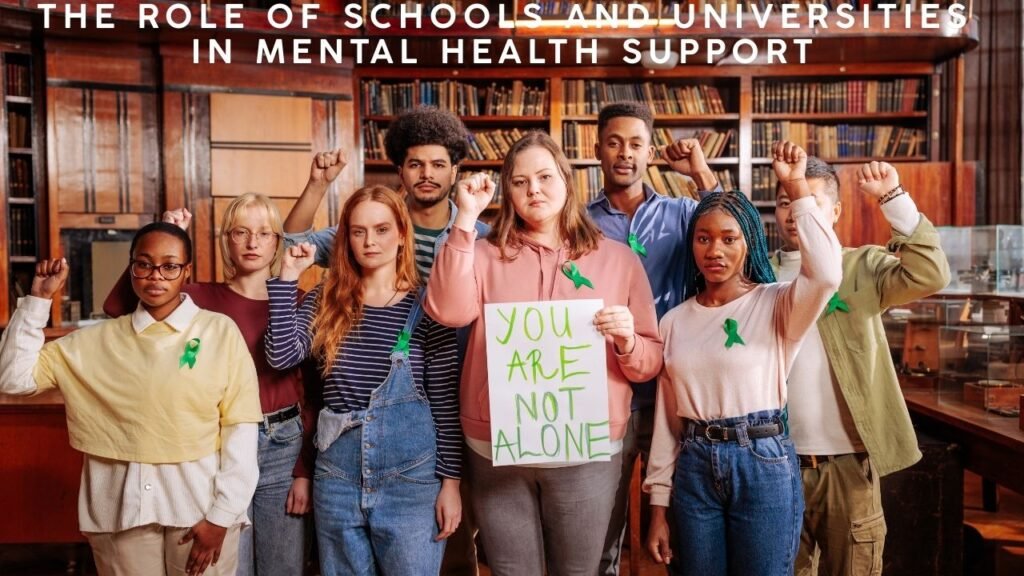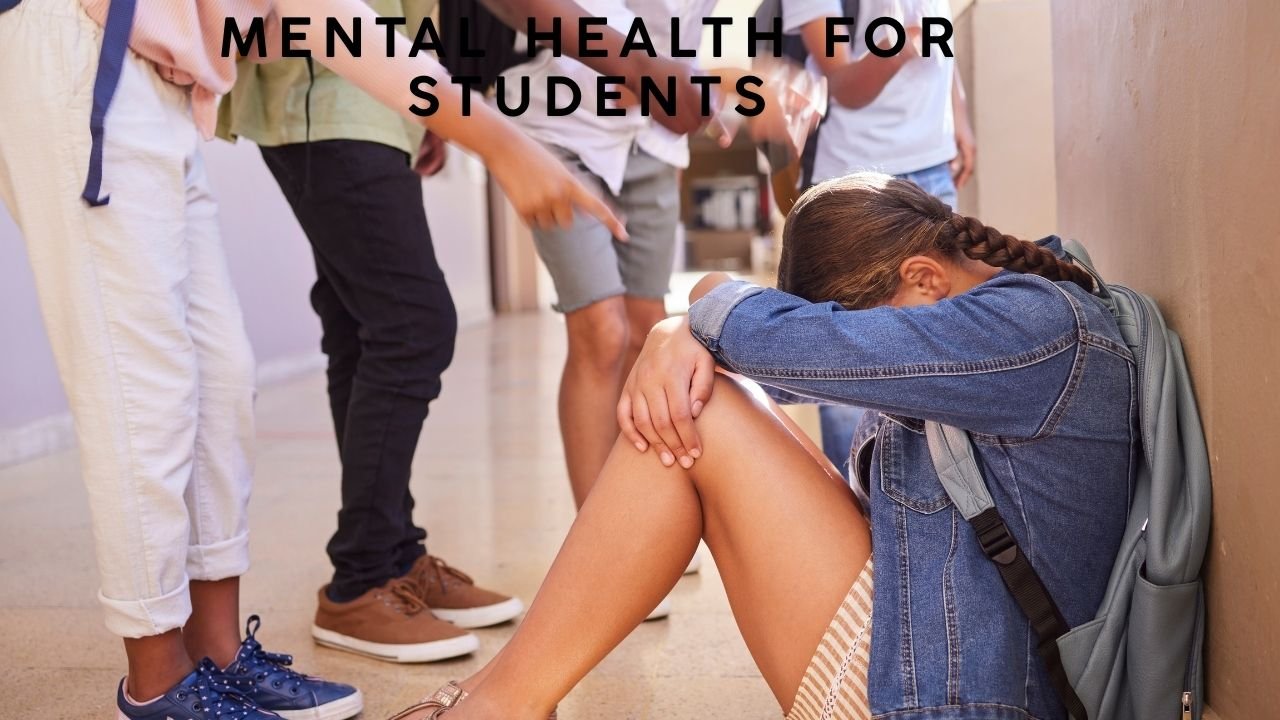Student mental health has become an increasingly critical problem in 2024, with students across all educational levels experiencing escalating challenges. From academic stress to social and personal issues, the mental health of students has attracted attention internationally.
Exercise is a fantastic strategy to alleviate stress and increase happiness. Try to obtain at least 30 minutes of exercise most days of the week. Practice self-care: Self-care activities such as having a bubble bath, reading a book, or listening to music may help relieve tension and promote relaxation.
Understanding Mental Health Days
Mental health days have gained prominence in U.S. schools, with some states enacting legislation allowing students to take absences for mental health reasons akin to those for physical ailments.
Proponents say that these days relieve stress, avoid burnout, and promote improved emotional well-being. However, detractors claim that mental health days give a short cure to underlying issues, perhaps promoting bad behaviors in young kids.
The Role of Schools and Universities in Mental Health Support
Schools have a chance to assist young people experience a sense of optimism, purpose, belonging and meaning – all crucial for healthy mental health and well-being – by building settings that affirm and celebrate students’ identities and cultivate their abilities. Many colleges and universities are enhancing their mental health services in response to the increased demand. Schools are focused on incorporating mental health awareness initiatives into their curriculum, but knowledge alone is not enough.

Why is the health of students important?
Healthy kids learn better because their physical, social and mental health is balanced. Happy pupils can concentrate better, and when their overall health is assisted by exercise, decent food and a nice social context, they are less stressed.
Being disease-free is simply one facet of wellbeing. It’s about maintaining the three components of your health—mental, emotional, and physical—in balance.
This balance has a direct influence on kids’ long-term growth, relationships, and academic success. Students who prioritize their health have lower stress levels, greater productivity, and a more pleasant living.
Promoting Mental Health Awareness and Reducing Stigma
One of the largest challenges to tackling mental health concerns is the stigma linked to getting treatment. Schools may help overcome this stigma by normalizing talks about mental health via instruction and marketing. Mental Health Awareness projects in schools and colleges can develop a culture where students feel secure seeking out for assistance.
Understanding, embracing, and reducing the stigma associated with mental health issues can enable more individuals to obtain the assistance they need. The more we can communicate about mental health, the more we can assist one another through a healthier and more positive mental health journey.
Building Resilience and Coping Strategies
While schools and institutions are doing their bit, it is equally crucial for students to cultivate personal resilience and good coping mechanisms. Simple behaviors such as having a balanced schedule, practicing mindfulness, and seeking social support may dramatically enhance mental well-being. Mental health doctors also encourage frequent physical exercise, proper sleep, and maintaining social interaction.
Resilience has been demonstrated to favorably affect job satisfaction and engagement, as well as general well-being, and may lessen depression levels. There is even evidence that resilience may help protect us from physical sickness.

Accessing Mental Health Resources
In 2024, more students have access to mental health options via telehealth programs, online therapy, and peer support groups. Schools are cooperating with community groups and private mental health agencies to give pupils a complete support network. These programs are especially crucial in bridging gaps in mental health treatment for students with limited access.
Improved mental health access minimizes days of lost work and lowers medical expenditures. Furthermore, workers get the advantages of mental health treatments that address their particular requirements, enhancing well-being and a feeling of contentment with their employment.
Conclusion
As student mental health continues to be a major problem, there is optimism in the form of rising awareness, enhanced school-based treatments, and more access to mental health services. Students, schools, and families must work together to create an atmosphere where mental health help is available, stigma is removed, and every kid may succeed.











